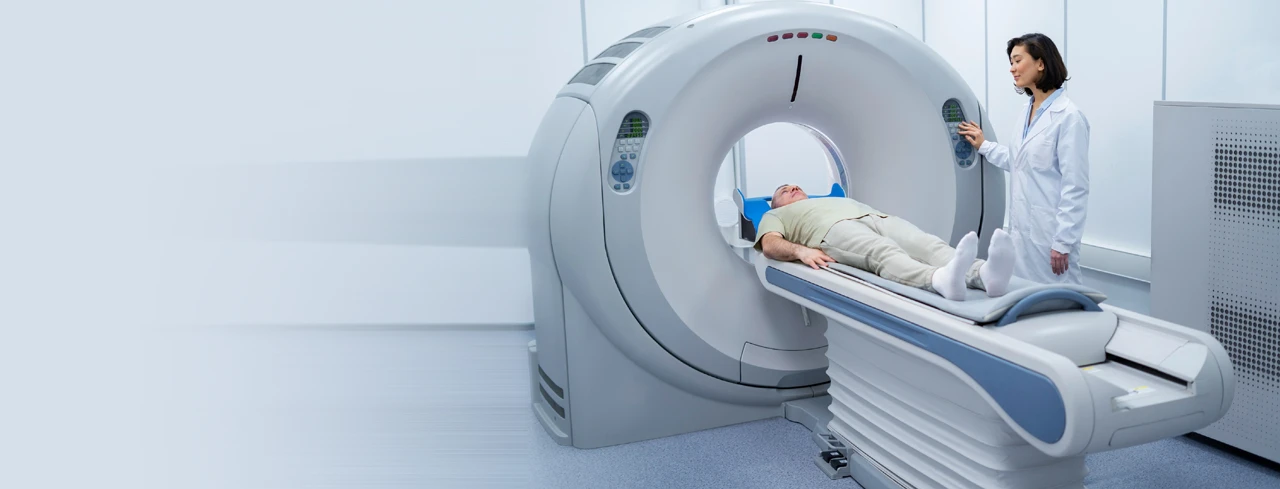



An angiogram, also known as coronary angiography, is an imaging test that uses X-ray technology and a special dye to reveal how blood flows through the heart's arteries. During the procedure, a catheter delivers the dye, allowing doctors to identify any blockages or narrowing in the arteries that could increase the risk of heart attacks.
Doctors may recommend an angiogram if symptoms of coronary artery disease (CAD) are present or if there is a risk of heart failure. Common symptoms include:
An angiogram may also be needed to evaluate the success of past heart surgeries, such as a bypass, or to plan future procedures.
The angiogram procedure is safe and relatively quick but requires some preparation and carries risks, as with any medical test. Here is a step-by-step guide to help understand what to expect:
Although generally safe, an angiogram carries some risks:
In rare cases, serious complications like heart attacks or strokes can occur. Discuss these risks with your doctor for a better understanding of precautionary measures.
The cost of an angiogram varies depending on factors like the hospital, location, and whether you have health insurance. Prices generally range from INR 20,000 - INR 60,000 (approx.). Check with your insurance provider for coverage details.
Other tests may be suggested if you or your physician are hesitant about an angiogram. These include:
These alternatives may not be as detailed as a traditional angiogram but can provide valuable information about your heart health.
Your doctor will study the images after your angiogram and explain them to you. In case of the presence of blockages, more treatment could be required, which might be:
It is of utmost importance that anyone dealing with heart health issues understands what an angiogram is and how it works. An angiogram test is a vital tool that can provide extensive information about your heart's blood vessels, help make treatment decisions, and potentially save your heart from severe heart conditions.
Being well-versed with the procedure of an angiogram and its possible risks and benefits will help you not feel so nervous if you are feeling symptoms of heart disease or your doctor has put you on an angiogram. Remember to discuss everything with your healthcare provider; take comfort in knowing this diagnostic tool has helped thousands of people better understand and live with their heart health.
Keeping heart health is essential and the first step to building a healthier and better life. Never let go of an option when you need help for a heart condition; understand all your options, seek advice, and always keep ahead.
Q1. What is a heart angiogram?
A: A heart angiogram is a medical procedure that uses X-ray imaging and a special dye to visualize the blood flow through your heart's arteries. This helps doctors identify any blockages or narrowings that might be causing heart problems.
Q2. Why would I need a heart angiogram?
A: Your doctor might recommend a heart angiogram if you're experiencing symptoms like chest pain, shortness of breath, or fatigue. It can also help diagnose coronary artery disease (CAD) or evaluate the effectiveness of previous heart treatments.
Q3. Is a heart angiogram painful?
A: You may feel some discomfort during the procedure, but most people describe it as mild. The local anesthesia helps numb the area, and you may also receive a mild sedative to help you relax.
Q4. How long does a heart angiogram take?
A: The entire procedure, including preparation and recovery time, usually takes about 1-2 hours.
Q5. What happens after a heart angiogram?
A: After the procedure, you'll be monitored in a recovery area for a few hours. You'll need to rest and avoid strenuous activity for a day or two. Your doctor will discuss the results of the angiogram with you and recommend any necessary treatment, such as medication, angioplasty, or bypass surgery.
From Recent Advancements in Heart Care to Tips and Tricks to make your Heart Healthy Again, stay updated with reliable and informative blogs by our experts.